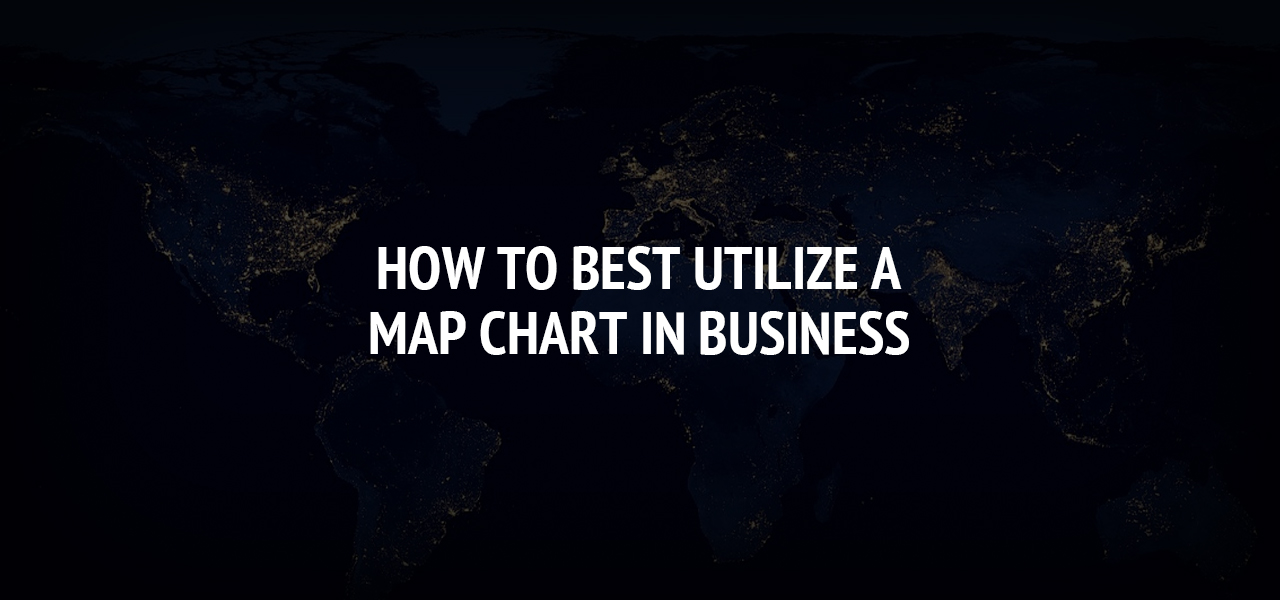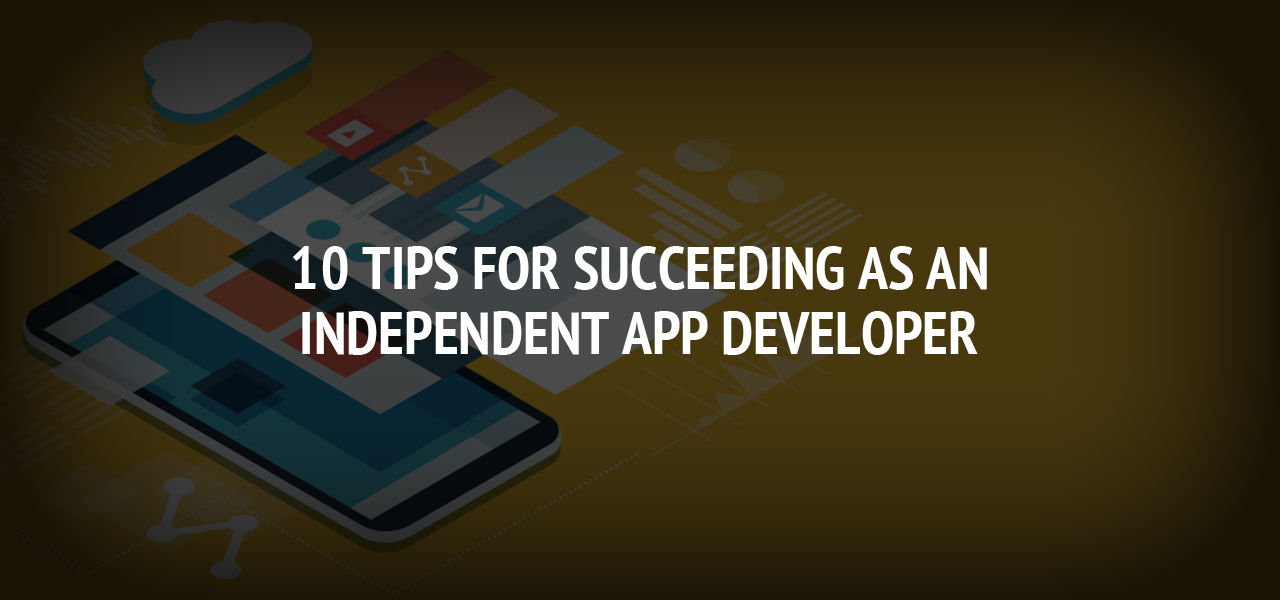How To Best Utilize a Map Chart in Business

Map charts have become an essential tool for businesses across the globe. They play a key role in decision-making, visualizing data geographically, and laying out strategies. The power of map charts in effectively communicating complex data cannot be underestimated. Below, we discuss how to best utilize a map chart in business.
Utilizing Map Charts for Effective Business Decisions
Map charts facilitate strategic business decision-making. They allow users to spot patterns, trends, and correlations that are not instantly palpable in textual data. This ability to make sense of large volumes of complex data distinguishes map charts as a crucial part of business analytics.
Furthermore, map charts bring a fresh perspective to businesses. They provide a geographical view of entity-relations such as customer locations, suppliers, and operational sites. This geographical perspective can be paramount in understanding demographic characteristics and patterns, thereby influencing decision-making processes in the company.
A map chart also can be a game changer when it comes to crisis management. It helps identify disaster-prone areas and allows for the robust analysis of potential risks. These maps can help businesses prepare for and manage emergencies effectively.
Lastly, real-time map charts can enable businesses to track and manage assets more efficiently. These charts can provide significant benefits such as improving the speed of service, reducing fuel consumption, and enhancing customer satisfaction.
Understanding the Basics of a Business Map Chart
A map chart is a visual representation of geographical data. It can express complex data in easy-to-understand visuals, often portraying a clearer message than raw data could.
There are several types of map charts including heat maps, bubble maps, and dot distribution maps. Each of these types serves a unique purpose. A heat map, for instance, uses colors to represent different magnitudes of data, while dot distribution maps use large numbers of dots to visualize the variability of a particular phenomenon across a specific region.
Understanding the various types of map charts is imperative to ensure you select the most effective chart for your specific business needs. This will allow you to better analyze and interpret any given data set, improving decision-making in the process.
Crafting a compelling map chart involves careful selection of color schemes and legends, as well as ensuring the data is accurate and up-to-date. Featuring interactive elements, such as pop-up information boxes or zoom-in abilities, can also enhance the user's engagement with the chart.
Key Benefits of Using Map Charts in Business Strategy Development
Developing a business strategy requires a comprehensive understanding of various factors, ranging from market trends and customer behavior to competitor analysis. Map charts can provide this broad perspective by presenting data in an insightful, visually engaging manner.
One of the primary benefits of using map charts in strategy development is improved decision-making. By visualizing data, business leaders can better understand patterns and trends, subsequently making more informed decisions.
Moreover, map charts can help identify opportunities for growth and expansion. They provide a spatial context to the business data, enabling companies to pinpoint regions with the potential for market penetration or development.
Lastly, map charts foster collaboration within the team. They provide a visual tool that everyone can understand, thereby encouraging broader discussions and collective decision-making.
Altogether, the incorporation of map charts into your organization can significantly enhance strategic decisions, improve data visualization, and facilitate growth. When effectively implemented, these versatile tools can lead to improved clarity, increased efficiency, and ultimately, higher business success. With the right adoption and application, a map chart delivers excellent results every time.
About The Author
Related Blog
View All-
10 Tips for Succeeding as an Independent App Developer
Is it possible for an independent app developer to survive in this competitive environment when there are over 18.2 million developers either working for a company, firm or a startup? This is probably the most common and frightening question that crosses the mind ...
-
Why is it essential to learn Flutter to remain relevant in the market
Flutter is a revolutionary new mobile app development framework released by Google. Flutter has broken all the records of popularity within a short period. It is one of the most trending topics in the tech arena, but isn't it something which happens with every ...







